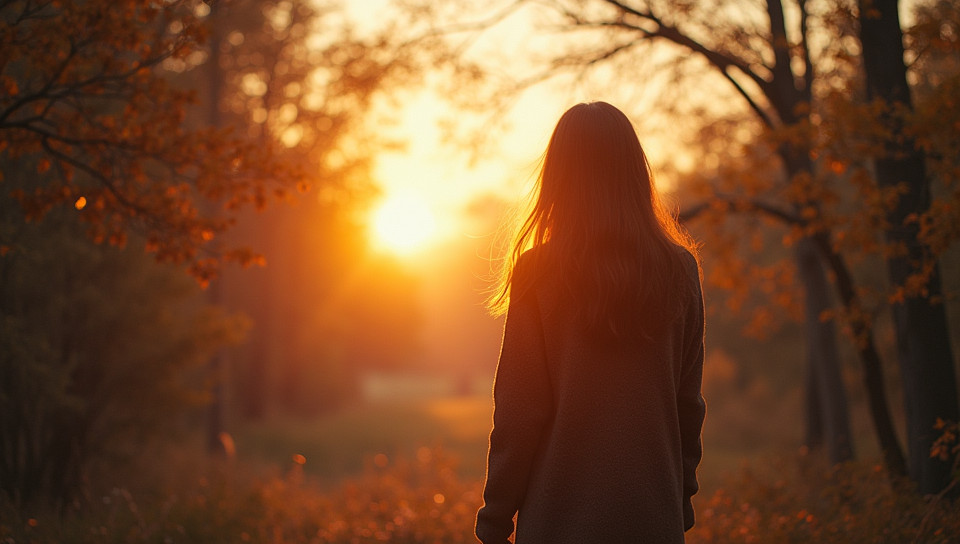Lack of sunlight causes seasonal affective disorder 100%

The Dark Side of Winter: Understanding Seasonal Affective Disorder
As the days get shorter and the nights get longer, many of us can't help but feel a sense of gloominess wash over us. But for some people, this feeling is more than just a minor case of the winter blues – it's a serious mental health condition known as Seasonal Affective Disorder (SAD).
What is Seasonal Affective Disorder?
Seasonal Affective Disorder is a type of depression that occurs at the same time every year, typically during the winter months when there is less sunlight. It affects approximately 10 million people in the United States alone, and is more common in women than men.
Causes of SAD
While the exact cause of SAD is still not fully understood, research suggests that it may be linked to a lack of sunlight exposure. Here are some possible reasons why:
- Reduced serotonin levels: Serotonin is a neurotransmitter that helps regulate mood, appetite, and sleep. When we're exposed to sunlight, our bodies produce more serotonin, which can help alleviate symptoms of depression.
- Disrupted circadian rhythms: The absence of sunlight can affect our internal body clock, leading to irregular sleep patterns and other physical and emotional problems.
- Vitamin D deficiency: Sunlight triggers the production of vitamin D in our skin, which is essential for maintaining strong bones and a healthy immune system.
Symptoms of SAD
The symptoms of SAD can vary from person to person, but common ones include:
- Feeling sad, empty, or hopeless
- Loss of energy and motivation
- Changes in appetite or sleep patterns
- Difficulty concentrating or making decisions
- Social withdrawal
Treatment Options for SAD
While there is no cure for SAD, there are several treatment options available that can help alleviate symptoms. These include:
- Light therapy: Exposure to bright artificial light, often used in specialized lamps or boxes, can help regulate the body's internal clock and improve mood.
- Medication: Antidepressant medications can be prescribed to help manage symptoms of depression.
- Counseling: Therapy can help individuals cope with SAD and develop strategies for managing their symptoms.
Conclusion
Seasonal Affective Disorder is a serious mental health condition that affects millions of people worldwide. By understanding its causes, recognizing the symptoms, and seeking treatment, we can take steps towards managing our mood and improving our overall well-being. So if you're feeling down this winter, don't hesitate to reach out for help – there's no need to face the darkness alone.
- Created by: Jerren Gan
- Created at: Oct. 13, 2024, 5:23 p.m.
- ID: 12444







